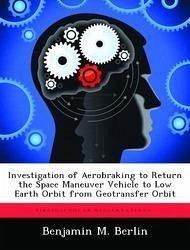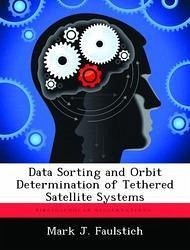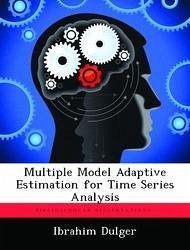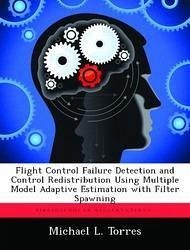Nicht lieferbar
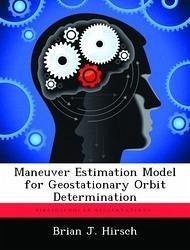
Maneuver Estimation Model for Geostationary Orbit Determination
Versandkostenfrei!
Nicht lieferbar
As an increasing number of geostationary satellites fill a limited number of orbital slots, collocation of satellites leads to a risk of close approach or misidentification. The ability to detect maneuvers made by these satellites using optical observations can help to prevent these problems. Such a model has already been created and tested using data from the Air Force Maui Optical and Supercomputing site.The goal of this research was to create a more robust model which would reduce the amount of data needed to make accurate maneuver estimations. The Clohessy-Wiltshire equations were used to ...
As an increasing number of geostationary satellites fill a limited number of orbital slots, collocation of satellites leads to a risk of close approach or misidentification. The ability to detect maneuvers made by these satellites using optical observations can help to prevent these problems. Such a model has already been created and tested using data from the Air Force Maui Optical and Supercomputing site.The goal of this research was to create a more robust model which would reduce the amount of data needed to make accurate maneuver estimations. The Clohessy-Wiltshire equations were used to model the relative motion of a geostationary satellite about its intended location and a nonlinear least squares algorithm was developed to estimate the satellite trajectories.






